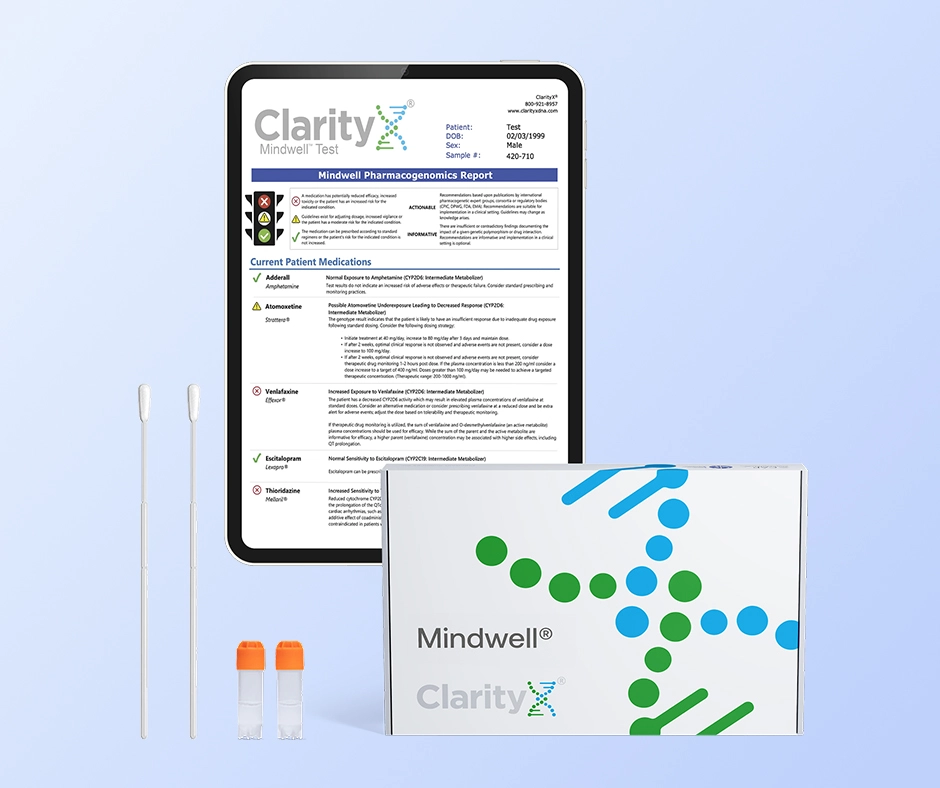New Year's Sale! Save 25%
Free Express Shipping
Sale Ends: 01/02
Uses
Side effects
Interactions
Precautions
How Tofranil – (Imipramine) works
- For the relief of symptoms of depression.
- Endogenous depression is more likely to be alleviated than other depressive states.
- One to three weeks of treatment may be needed before optimal therapeutic effects are evident.
What are the side effects of Tofranil – (Imipramine)?
- Cardiovascular: Orthostatic hypotension, hypertension, tachycardia, palpitation, myocardial infarction, arrhythmias, heart block, ECG changes, precipitation of congestive heart failure, stroke.
- Psychiatric: Confusional states (especially in the elderly) with hallucinations, disorientation, delusions; anxiety, restlessness, agitation; insomnia and nightmares; hypomania; exacerbation of psychosis.
- Neurological: Numbness, tingling, paresthesias of extremities; incoordination, ataxia, tremors; peripheral neuropathy; extrapyramidal symptoms; seizures, alterations in EEG patterns; tinnitus.
- Anticholinergic: Dry mouth, and, rarely, associated sublingual adenitis; blurred vision, disturbances of accommodation, mydriasis; constipation, paralytic ileus; urinary retention, delayed micturition, dilation of the urinary tract.
- Allergic: Skin rash, petechiae, urticaria, itching, photosensitization; edema (general or of face and tongue); drug fever; cross-sensitivity with desipramine.
- Hematologic: Bone marrow depression including agranulocytosis; eosinophilia; purpura; thrombocytopenia.
- Gastrointestinal: Nausea and vomiting, anorexia, epigastric distress, diarrhea; peculiar taste, stomatitis, abdominal cramps, black tongue.
- Endocrine: Gynecomastia in the male; breast enlargement and galactorrhea in the female; increased or decreased libido, impotence; testicular swelling; elevation or depression of blood sugar levels; inappropriate antidiuretic hormone (ADH) secretion syndrome.
- Other: Jaundice (simulating obstructive); altered liver function; weight gain or loss; perspiration; flushing; urinary frequency; drowsiness, dizziness, weakness and fatigue; headache; parotid swelling; alopecia; proneness to falling.
- Withdrawal Symptoms: Though not indicative of addiction, abrupt cessation of treatment after prolonged therapy may produce nausea, headache and malaise.
- Drugs Metabolized by P450 2D6 – The biochemical activity of the drug metabolizing isozyme cytochrome P450 2D6 (debrisoquin hydroxylase) is reduced in a subset of the Caucasian population (about 7% to 10% of Caucasians are so-called “poor metabolizers”); reliable estimates of the prevalence of reduced P450 2D6 isozyme activity among Asian, African, and other populations are not yet available.
- Poor metabolizers have higher than expected plasma concentrations of tricyclic antidepressants (TCAs) when given usual doses.
- Depending on the fraction of drug metabolized by P450 2D6, the increase in plasma concentration may be small, or quite large
- Elderly patients and patients with cardiac disease or a prior history of cardiac disease are at special risk of developing the cardiac abnormalities associated with the use of imipramine pamoate.
- It should be kept in mind that the possibility of suicide in seriously depressed patients is inherent in the illness and may persist until significant remission occurs.
- Such patients should be carefully supervised during the early phase of treatment with imipramine pamoate and may require hospitalization.
- Prescriptions should be written for the smallest amount feasible.
- Hypomanic or manic episodes may occur, particularly in patients with cyclic disorders.
- Such reactions may necessitate discontinuation of the drug.
- If needed, imipramine pamoate may be resumed in lower dosage when these episodes are relieved.
- Administration of a tranquilizer may be useful in controlling such episodes.
- An activation of the psychosis may occasionally be observed in schizophrenic patients and may require reduction of dosage and the addition of a phenothiazine.


